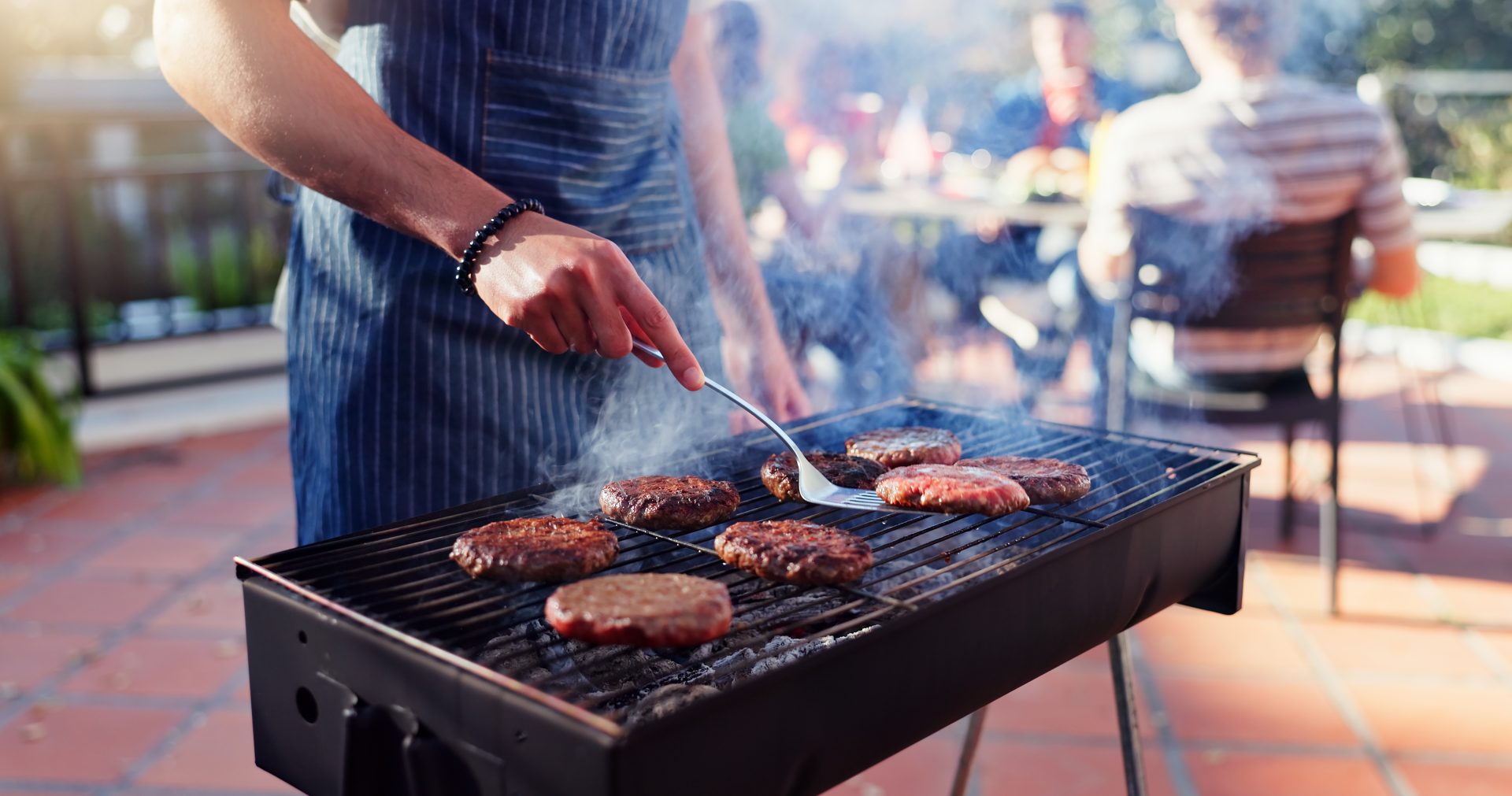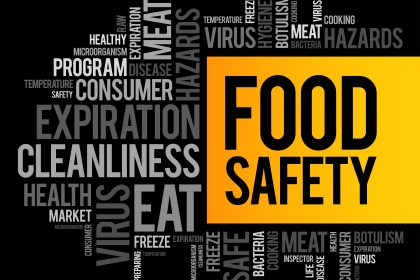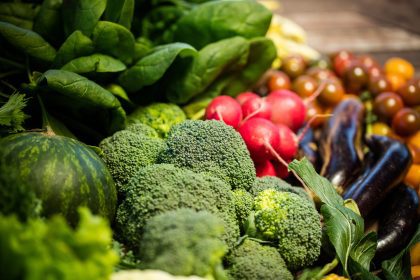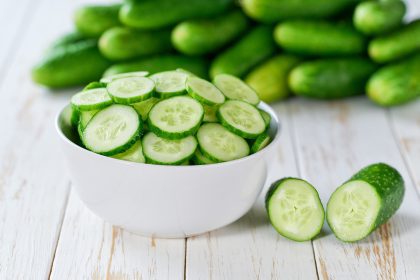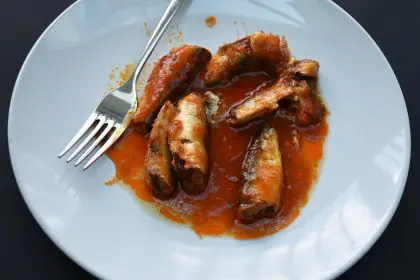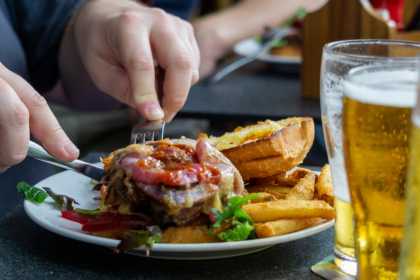Summer’s arrival brings the promise of sizzling barbecues, poolside picnics and outdoor gatherings that create cherished memories with family and friends. However, beneath the excitement of al fresco dining lurks a hidden danger that affects millions of Americans each year. The very season that beckons us outdoors also creates perfect conditions for foodborne illnesses that can transform a joyful celebration into a medical emergency.
The statistics paint a sobering picture of summer’s dark side. Every year, approximately 48 million Americans fall victim to foodborne illnesses, with the Centers for Disease Control and Prevention reporting that these cases spike dramatically during the warmer months. The period from July through September sees foodborne illness rates soar to ten times higher than winter months, making summer gatherings potential hotbeds for bacterial contamination.
This alarming increase isn’t coincidental. The combination of rising temperatures and increased humidity creates an ideal breeding ground for dangerous pathogens like Salmonella and Listeria. These microscopic threats multiply rapidly in warm conditions, turning innocent-looking potato salad or perfectly grilled chicken into vehicles for serious illness.
The perfect storm for food contamination
The warm air temperatures that make outdoor dining so appealing also provide optimal conditions for harmful bacteria to flourish. When food sits in temperatures between 40 and 140 degrees Fahrenheit, dangerous microorganisms can double their population every 20 minutes. This rapid multiplication means that even a brief exposure to unsafe temperatures can transform safe food into a health hazard.
Outdoor cooking environments compound these risks by introducing additional variables that indoor kitchens don’t face. Wind can affect cooking temperatures, making it difficult to achieve consistent heat distribution. Limited access to running water complicates proper food handling and cleanup procedures. The casual atmosphere of outdoor gatherings often leads to relaxed food safety practices that would never be tolerated in professional kitchens.
Mistake number 1: inadequate cooking temperatures
The first and perhaps most dangerous mistake plaguing summer cookouts involves inadequate cooking temperatures. The visual appeal of perfectly seared meat often masks the reality that harmful bacteria may still be thriving in undercooked portions. Grilled foods frequently fall victim to this deception, appearing fully cooked on the outside while harboring dangerous pathogens in their centers.
This problem stems from the fundamental difference between achieving an appetizing appearance and reaching safe internal temperatures. Grill marks and golden-brown surfaces can develop long before the interior reaches temperatures high enough to eliminate harmful bacteria. The result is food that looks professionally prepared but poses serious health risks to unsuspecting diners.
Professional chefs and food safety experts universally recommend using food thermometers to verify safe cooking temperatures. The USDA has established specific temperature guidelines for different types of meat and poultry, with ground meats requiring 160 degrees Fahrenheit and whole poultry needing 165 degrees Fahrenheit to ensure safety. These temperatures aren’t suggestions but critical benchmarks that can mean the difference between a successful gathering and a trip to the emergency room.
Mistake number 2: ignoring the danger zone
The second critical error involves allowing food to linger in what food safety experts call the danger zone. This temperature range, spanning from 40 to 140 degrees Fahrenheit, represents the sweet spot for bacterial multiplication. Foods that spend extended periods in this range become increasingly dangerous as bacterial populations explode exponentially.
Summer gatherings are particularly susceptible to this problem because outdoor temperatures often fall within or near the danger zone. A picnic table in 85-degree weather provides nearly ideal conditions for bacterial growth, especially when combined with the humidity that summer weather brings. Foods that might remain safe for hours in air-conditioned environments can become hazardous within minutes when exposed to summer heat.
The solution requires vigilant temperature management throughout the entire event. Cold foods must remain chilled using ice-filled coolers or refrigerated serving dishes, while hot foods need warming trays or other heating methods to maintain safe temperatures. The rule of thumb for summer gatherings is simple but non-negotiable: when outdoor temperatures exceed 90 degrees Fahrenheit, no food should remain unrefrigerated for more than one hour.
Mistake number 3: compromised hygiene standards
The third mistake involves the relaxation of hygiene standards that often accompanies outdoor entertaining. The casual atmosphere of backyard barbecues and beach picnics can lead to shortcuts in food handling that would be unthinkable in indoor settings. Cross-contamination becomes a significant risk when the same utensils, cutting boards or serving dishes are used for raw and cooked foods without proper cleaning between uses.
Outdoor settings present unique challenges for maintaining proper hygiene standards. Limited access to running water makes thorough handwashing difficult, while the informal nature of outdoor gatherings can lead to shared serving utensils and communal food handling. These conditions create multiple pathways for harmful bacteria to spread from contaminated sources to previously safe foods.
The USDA emphasizes that proper hygiene requires washing hands for at least 20 seconds with soap and warm water, particularly after handling raw meat or poultry. When running water isn’t available, hand sanitizer containing at least 60 percent alcohol provides an acceptable alternative. All cutting boards, utensils and serving dishes that come into contact with raw meat must be thoroughly cleaned before being used for other foods.
Recognizing the warning signs
Despite best efforts to prevent contamination, foodborne illnesses can still occur. Understanding the symptoms and knowing when to seek medical attention can prevent minor food poisoning from becoming a serious health crisis. The most common symptoms include nausea, vomiting, diarrhea, stomach cramps and fever, typically appearing within hours or days of consuming contaminated food.
The severity and duration of symptoms vary depending on the type of bacteria involved and the individual’s overall health status. While healthy adults may experience mild discomfort lasting a few days, certain populations face significantly higher risks. Elderly individuals, young children, pregnant women and people with compromised immune systems can develop severe complications requiring immediate medical attention.
When to seek professional help
Recognizing when symptoms require professional medical intervention can be lifesaving. Persistent vomiting that prevents keeping fluids down, signs of severe dehydration including dizziness or decreased urination, high fever exceeding 102 degrees Fahrenheit, or bloody stools all warrant immediate medical attention. These symptoms suggest that the infection may be overwhelming the body’s natural defenses and requiring professional treatment.
Prevention strategies that work
Successfully preventing foodborne illnesses requires a comprehensive approach that addresses each potential risk factor. This includes investing in reliable food thermometers and using them consistently, maintaining proper food temperatures throughout the entire event, and establishing rigorous hygiene protocols that all participants understand and follow.
Planning ahead makes implementation easier when the pressure of entertaining kicks in. Preparing designated areas for food preparation and cleanup, ensuring adequate ice supplies for cooling, and having hand sanitizer readily available all contribute to safer outdoor dining experiences.
The key to safe summer entertaining lies in treating food safety as seriously outdoors as indoors. While the relaxed atmosphere of summer gatherings is part of their appeal, maintaining vigilance about food handling and temperature control ensures that the memories created are positive ones. With proper precautions, summer cookouts can deliver all the joy and flavor families crave without the hidden dangers that warm weather brings.

